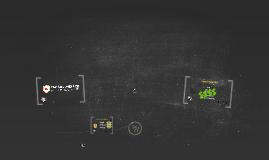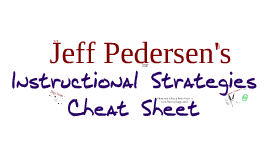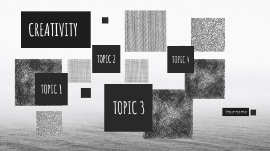Cheat Sheet
Transcript: Cheat sheet HR ours with Armin Trost: Human Resources Mgmt: Attracting, Hiring & Retaining Top Talent ours with Armin Trost: Human Resources Mgmt: Attracting, Hiring & Retaining Top Talent What is a resource? A resource is something you need to produce something else. a human resource? The department of an organization that deals with finding new employees, keeping records about all the organization's employees, and helping them with any problems. a human capital? All the knowledge, experiences, qualities, aptitudes, of a person or a company, even a team, which will determine their capacities to work or to produce, whether for others or for themselves. a talent shortage? An inability to find replacements. a globalization? The process by which companies or organizations develop international influence or begin to operate internationally. It is a free exchange of goods, services, and techniques. life-long learning? Is it important? Why or why not? Life-long learning is the process of gaining knowledge and skills throughout your life, whether for work or for yourself. Is a form of self-initiated education that is focused on personal development. Is it important because lifelong learning can help us achieve personal growth and satisfaction. We humans have an urge to explore and learn and this encourages us to improve our quality of life and our self-esteem. Lifelong learning enables renewed personal motivation, recognition of personal interests and goals, improvement of other personal and professional skills and improved self-confidence. One of the most effective ways of dealing with change is with lifelong learning. a brand strategy? A brand strategy is to retain customers thanks to an elaborate and easily remembered brand image. supply chain management? The supply chain management corresponds to all the links coordinating the management of goods throughout their life cycle. It aims to guarantee the good organization and quality of logistics service. Logistics is several tasks to be performed for the same project. employee value proposition? It is the value offered by an employer to its employees in exchange for their work. This is everything that contributes to creating value in the company in order to attract talent. This is what sets your business apart from an employee perspective. For example, bonuses, flexible hours... This will motivate employees. an executive search? The concept of "Executive Search" is a specific approach to Human Resources which consists in recruiting rare and in-demand profiles of qualified managers. headhunting? A concept that aims to persuade someone to quit their job by offering them another job with higher pay and a higher position. WIIFM? “ What’s In It For Me” corresponds to the supposed state of mind of the target confronted with a proposed content. line engagement? In human resources, line engagement refers to the total amount of persons in your company who is actively involved in recruiting. employee referral program? Is a recruitment strategy in which employers encourage current employees, through rewards, to recommend qualified candidates for jobs in their companies. Employee referrals are considered one of the most productive recruiting strategies. A-list employees? are among the top 10% high-potential, high-performing talents and leaders who are priceless, highly-productive assets (as much as 3x more productive than their B-list colleagues) to their current employer. It would be devastating to their employer were they to leave. B- list employees? are the average to slightly above-average talent who contribute to the company. They can be a great asset if put in the right environment and under the right leadership, and it would be unfortunate to see them leave, but they can be replaced relatively easy; especially if the company has a deep talent pipeline. C- list employees? are the below-average performers who comprise the majority of the workforce. They cost their employer more than they are paid. a job analysis? It corresponds to the process of studying a job to determine the activities and responsibilities it contains, its importance in relation to other jobs, the qualifications necessary to perform the job and the conditions under which the work is performed. de-jobbing? Is a modern approach where more and more people are creating their own job. You and your colleagues may have the same ‘job,’ but each person is defined by his or her talent, preferences, approaches, motivations, work style and skill set, and may therefore do and be responsible for something completely different. the primacy effect? These are effects that are immediate or more or less predictable, unlike side effects which are those that are less predictable. intelligence? It is the way in which a human being manages to adapt to a situation, to choose means of action according to the different circumstances, to think of new ideas. Intelligence in human resources is about providing employees with new The

















